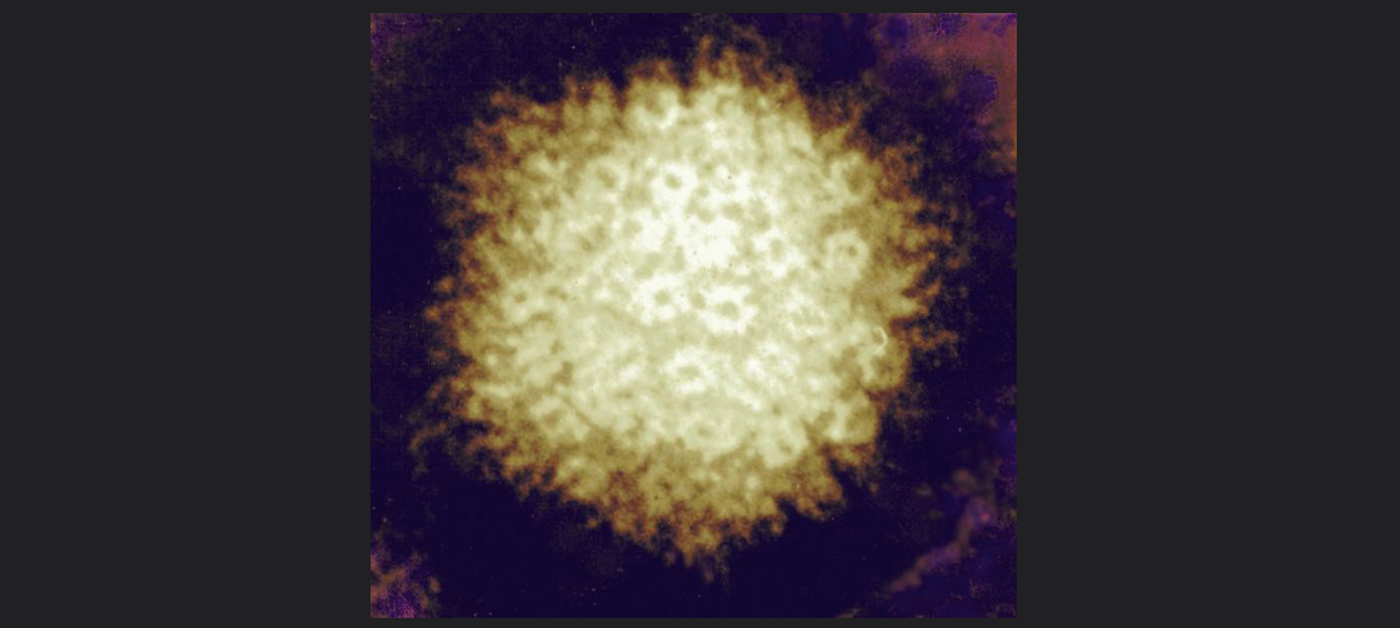Understanding the Connection Between Stroke and Shingles
Shingles, or herpes zoster (HZ), is caused by the varicella zoster virus, which is the same virus that causes chicken pox. Varicella zoster virus may infect people as children, then it can hide away in ganglionic neurons. If the virus reactivates later in life, it can cause a rash and excruciating pain. Scientists have found that shingles can raise the risk of stroke, particularly for people younger than 40. There is a vaccine for shingles, but it has not yet been approved for use in people under age 50.
Now researchers have found that tiny sacs in cells called exosomes, which move cargo like proteins and genetic sequences around cells, can link stroke and shingles. The findings have been reported in The Journal of Infectious Diseases.
While most people are familiar with the painful rash that shingles can cause, many may not know that the risk of a stroke increases in the year after infection, noted corresponding study author Andrew Bubak, Ph.D., an assistant research professor at the University of Colorado School of Medicine. "Importantly, the rash is often completely healed and individuals feel normal but nonetheless are walking around with this significant elevation in stroke risk."
People who get a shingles facial rash face the highest risk of stroke, which may be related to its proximity to the brain.
The investigators wanted to known if exosomes may be involved, because these sacs can carry dangerous cargo that may cause thrombosis and inflammation far from the site of where an infection is actually occurring, Bubak explained. "That could ultimately lead to a stroke in patients."
In this study, the researchers obtained plasma from thirteen shingles patients and ten healthy individuals. The plasma samples were collected when the patients had an infection, as well as three months later for some patients. Exosomes were isolated from the samples and analyzed.
The scientists identified blood clot-causing prothrombotic exosomes in the shingles patients. The follow-up samples taken three months later also contained proinflammatory exosomes that could increase the risk of stroke.
Bubak suggested that in some shingles patients, the virus does not become dormant again, or there are persistently circulating exosomes that prolong a prothrombotic state, even after therapy has concluded and the shingles rash is gone. A combination therapy that includes antiviral drugs, and antiplatelet and anti-inflammatory medications may be helpful in those cases, Bubak added.
However, more work will be needed to affirm the conclusions of this small study. If that happens, "this could change clinical practice," said Bubak.
Physicians are often unaware that shingles and stroke are linked, even though it is important and easy to prevent. There is a vaccine for shingles, and when someone gets it, they should be treated with antiplatelet agents, Bubak noted.
Sources: CU Anschutz Medical Campus, The Journal of Infectious Diseases









